Rajasthan, the “Land of Kings,” is a vibrant tapestry woven with tales of valor, romance, and unparalleled grandeur. Its majestic palaces and formidable forts stand as enduring testaments to a glorious past, offering a captivating journey through India’s rich heritage. A palace tour in Rajasthan isn’t just a trip; it’s an immersive experience that transports you back to an era of maharajas, exquisite architecture, and opulent lifestyles.
For first-timers and seasoned travelers alike, choosing which royal cities to visit can be a delightful challenge. Here are the top cities that promise an unforgettable Rajasthan palace tour:
Best Time to Visit: The ideal time for a Rajasthan Palace Tour is during the winter months, from October to March, when the weather is pleasant and conducive for sightseeing.
1. Jaipur: The Pink City’s Royal Charms
The capital city, Jaipur, is a quintessential starting point for any Rajasthan itinerary. Its iconic pink-hued buildings and vibrant bazaars create an enchanting atmosphere.
- Amber Fort (Amer Fort): Perched majestically on a hilltop, this sprawling fort-palace complex is a UNESCO World Heritage Site. Explore its stunning courtyards, opulent halls like the Sheesh Mahal (Mirror Palace), and intricate carvings. You can reach the fort by elephant ride, jeep, or on foot.
- City Palace: Located in the heart of Jaipur, this complex seamlessly blends Rajput and Mughal architecture. It houses museums, courtyards, and gardens, with a section still serving as the residence of the Jaipur royal family. Don’t miss the intricately painted ‘Pritam Niwas Chowk’ with its four unique gates.
- Hawa Mahal (Palace of Winds): An architectural marvel, this five-storied palace, with its 953 small windows, was designed for royal ladies to observe street festivities without being seen. Its unique façade is an iconic symbol of Jaipur.
- Jal Mahal (Water Palace): Appearing to float serenely in the middle of Man Sagar Lake, this beautiful palace is best admired from the lakeside promenade. While entry inside is restricted, its picturesque setting is truly captivating, especially at sunrise or sunset.
2. Udaipur: The City of Lakes and Palaces
Often hailed as the “Venice of the East” or the “City of Lakes,” Udaipur exudes romance with its shimmering lakes and magnificent lakeside palaces.
- City Palace: Dominating the eastern bank of Lake Pichola, Udaipur’s City Palace is a grand complex of palaces, courtyards, and gardens built over centuries. It offers breathtaking views of the lake and the city, housing museums with royal artifacts and exquisite artwork.
- Lake Palace (Jag Niwas): An iconic white marble masterpiece, this palace appears to float gracefully on the waters of Lake Pichola. Now a luxurious heritage hotel, its beauty is best appreciated from a boat ride on the lake or from the City Palace.
- Jag Mandir: Another island palace on Lake Pichola, Jag Mandir is known for its grand architecture and serene gardens. It served as a refuge for Prince Khurram (later Emperor Shah Jahan) and is said to have inspired the Taj Mahal.
- Monsoon Palace (Sajjangarh Palace): Perched on a hilltop overlooking Fateh Sagar Lake, this white marble palace offers panoramic views of Udaipur’s lakes and palaces, especially magical during the monsoon season.
3. Jodhpur: The Blue City’s Majestic Fort
Known as the “Blue City” due to its indigo-painted houses, Jodhpur is dominated by one of India’s most imposing forts.
- Mehrangarh Fort: A colossal fort standing on a perpendicular cliff, 400 feet above the city, Mehrangarh is a testament to Rajput power and architectural brilliance. Its expansive courtyards, intricately carved palaces (like Moti Mahal, Phool Mahal, Sheesh Mahal), and museums filled with royal treasures are awe-inspiring. The views of the blue city from its ramparts are legendary.
- Umaid Bhawan Palace: This magnificent golden-yellow sandstone palace is one of the world’s largest private residences. A part of it is still home to the royal family, another part is a luxurious heritage hotel, and a section serves as a museum showcasing royal artifacts. Its Art Deco architecture sets it apart from traditional Rajput palaces.
- Jaswant Thada: A serene white marble cenotaph built in memory of Maharaja Jaswant Singh II, located near Mehrangarh Fort. Its intricate lattice work and peaceful surroundings make it a beautiful stop.
4. Jaisalmer: The Golden Fort of the Desert
Rising from the Thar Desert like a golden mirage, Jaisalmer’s fort is a living wonder, housing a quarter of the city’s population within its ancient walls.
- Jaisalmer Fort (Sonar Quila): This UNESCO World Heritage Site is one of the very few “living forts” in the world. Walk through its narrow alleys, explore its Jain temples, visit the Maharaja’s Palace, and marvel at the beautifully carved havelis (mansions) within its ramparts. The fort’s sandstone walls glow golden at sunset, earning it the name “Golden Fort.”
- Patwon ki Haveli: A cluster of five exquisitely carved havelis, this is the most important and largest haveli complex in Jaisalmer. Its intricate facades and architectural details are a feast for the eyes, showcasing the opulent lifestyle of wealthy merchants.
- Salim Singh ki Haveli & Nathmal ki Haveli: These are other prominent havelis known for their unique architectural styles and intricate carvings, offering a glimpse into the art and craftsmanship of their time.
A journey through these royal cities is more than just sightseeing; it’s an immersion into a vibrant history where every stone tells a story. From the bustling bazaars to the tranquil courtyards, the palaces and forts of Rajasthan promise a truly majestic travel experience.

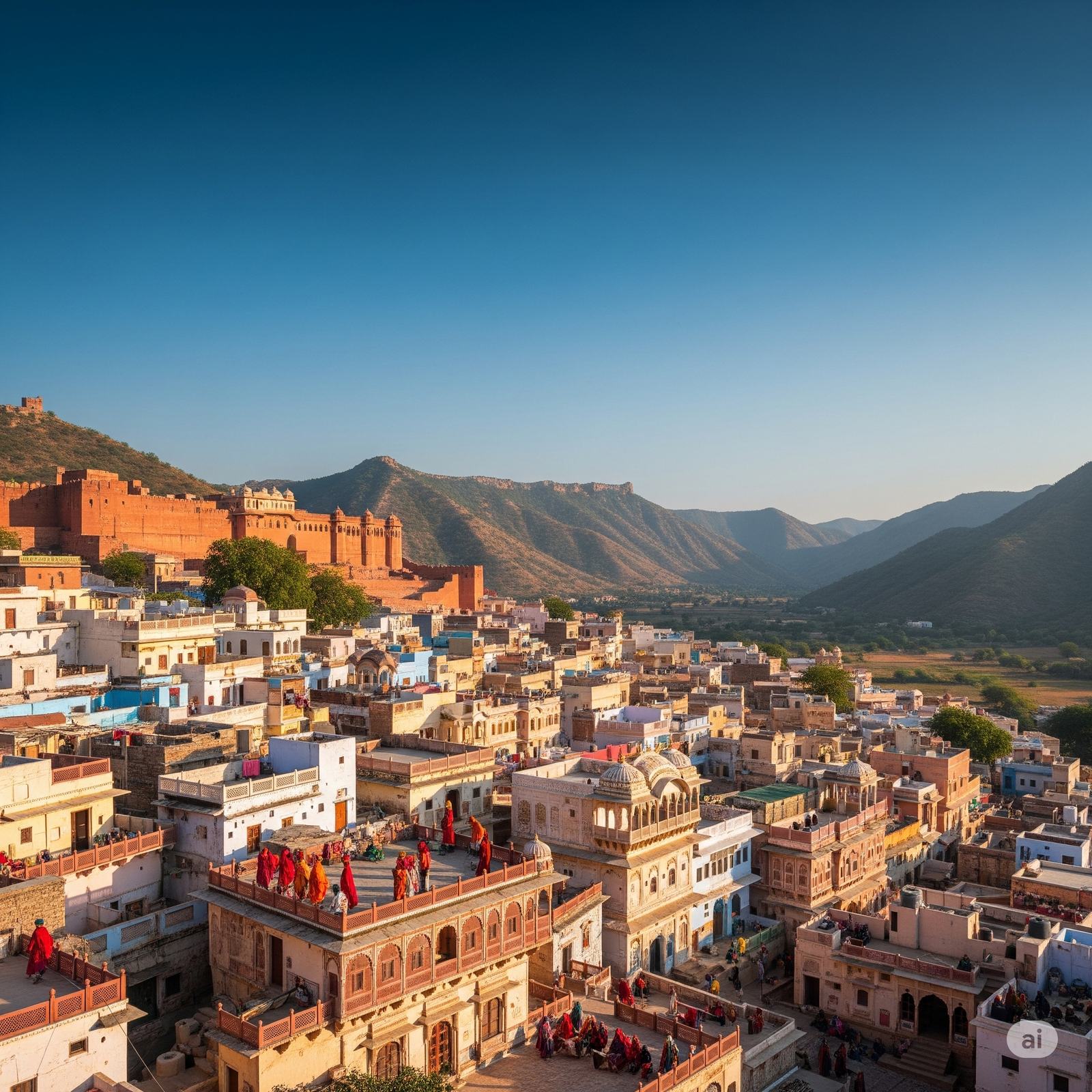

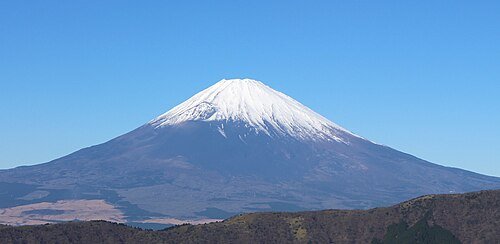
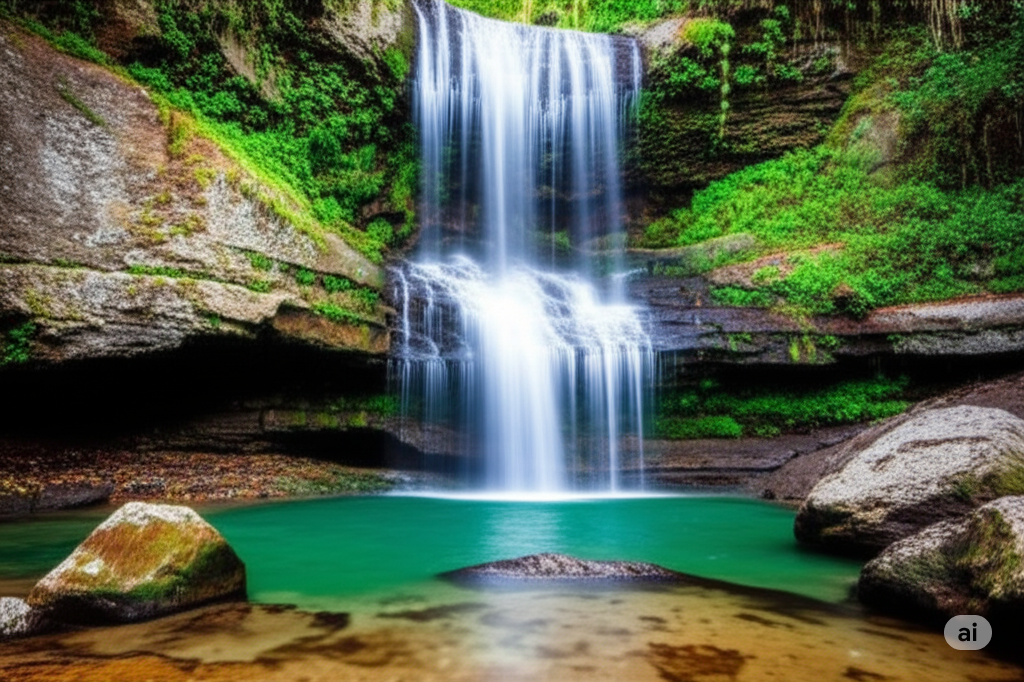
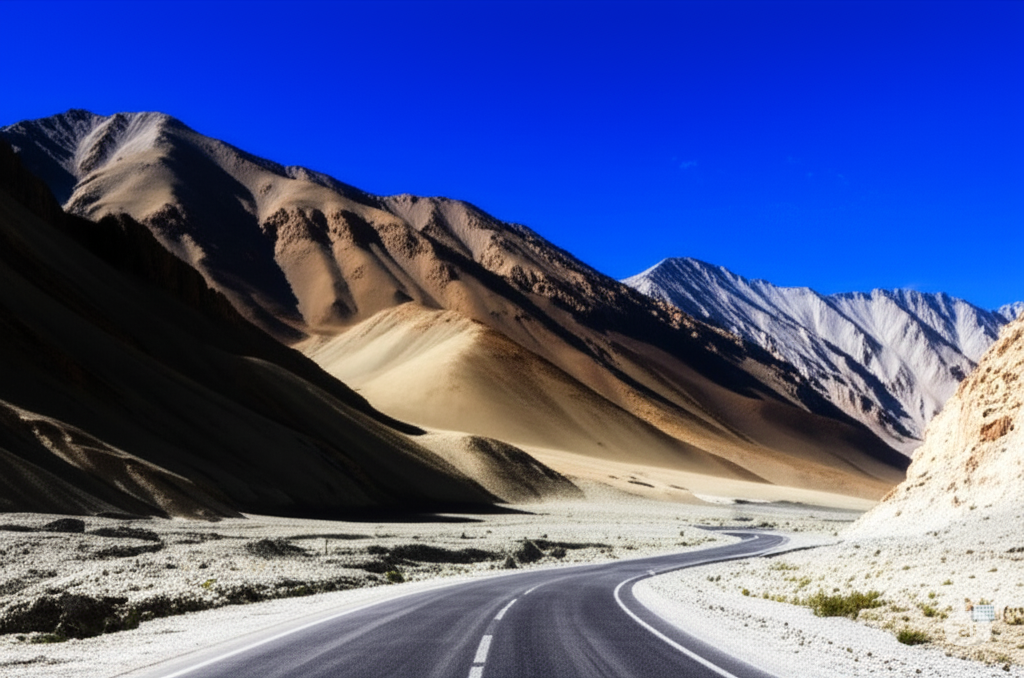
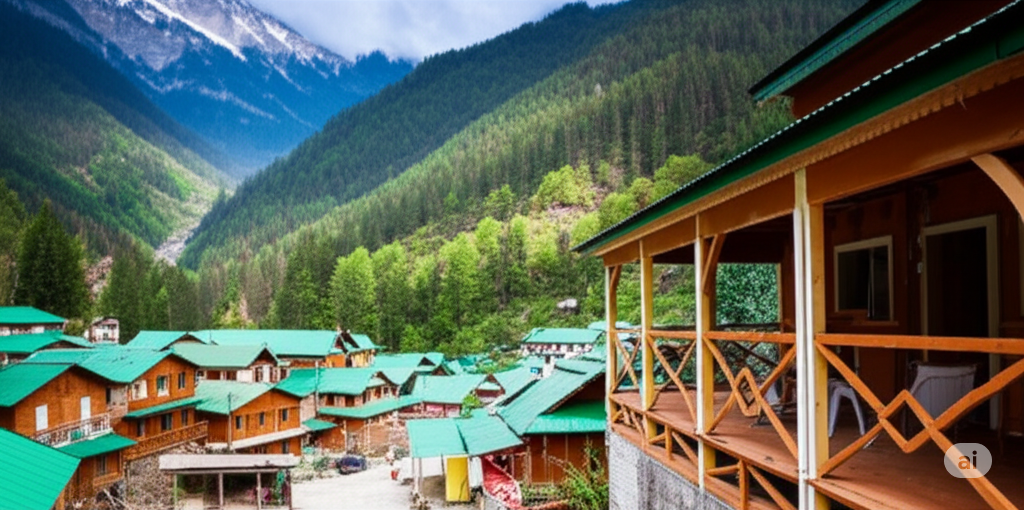


Leave a Reply